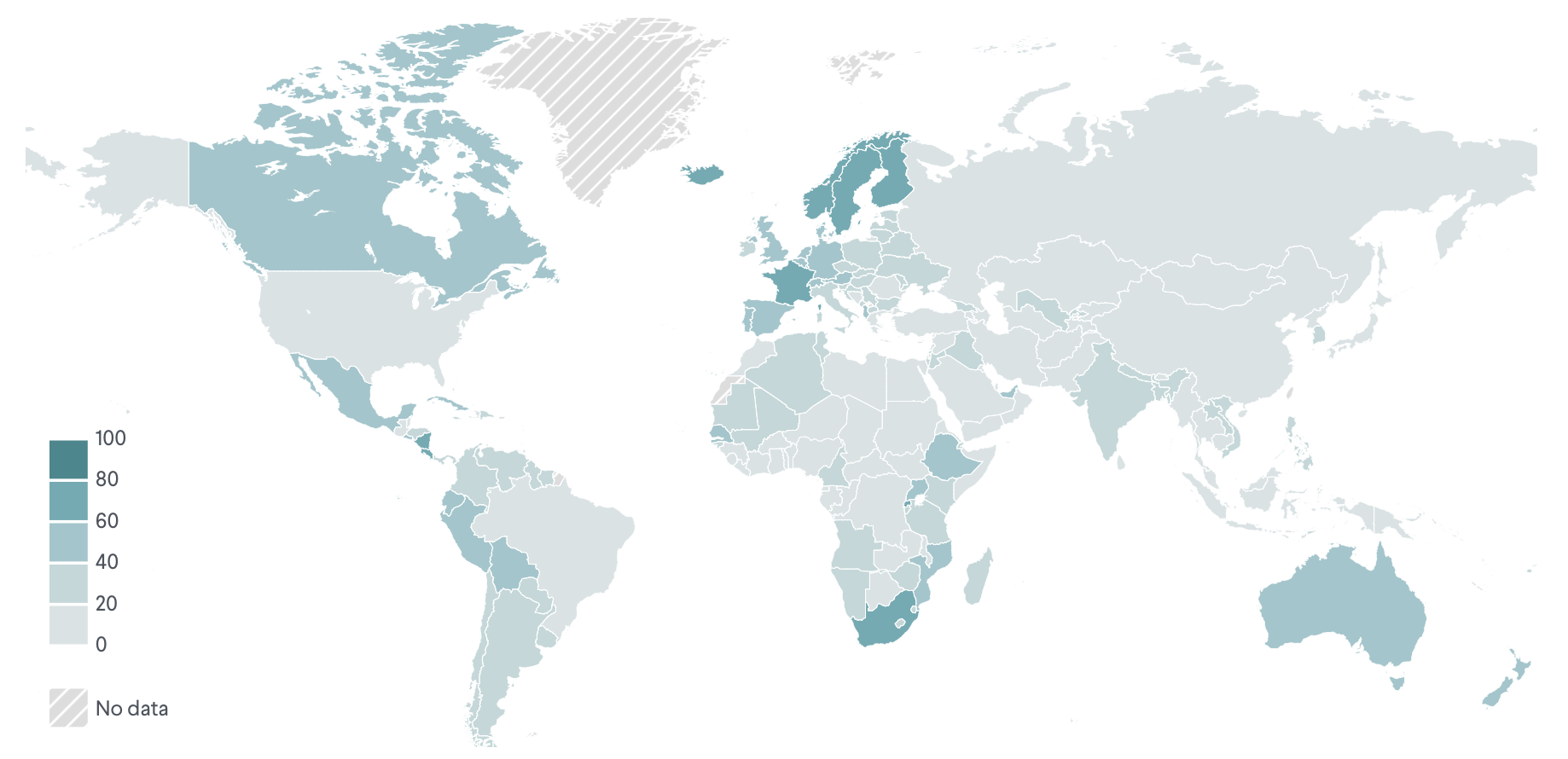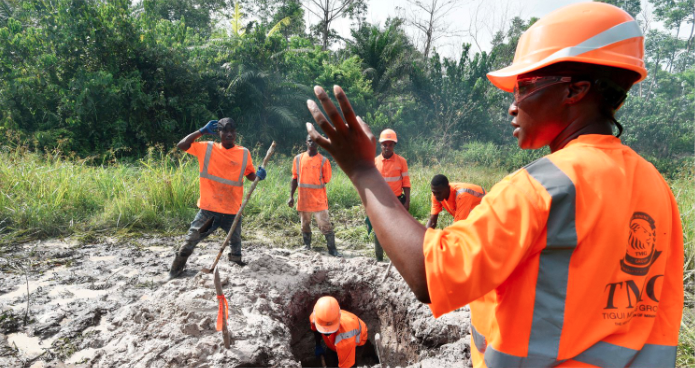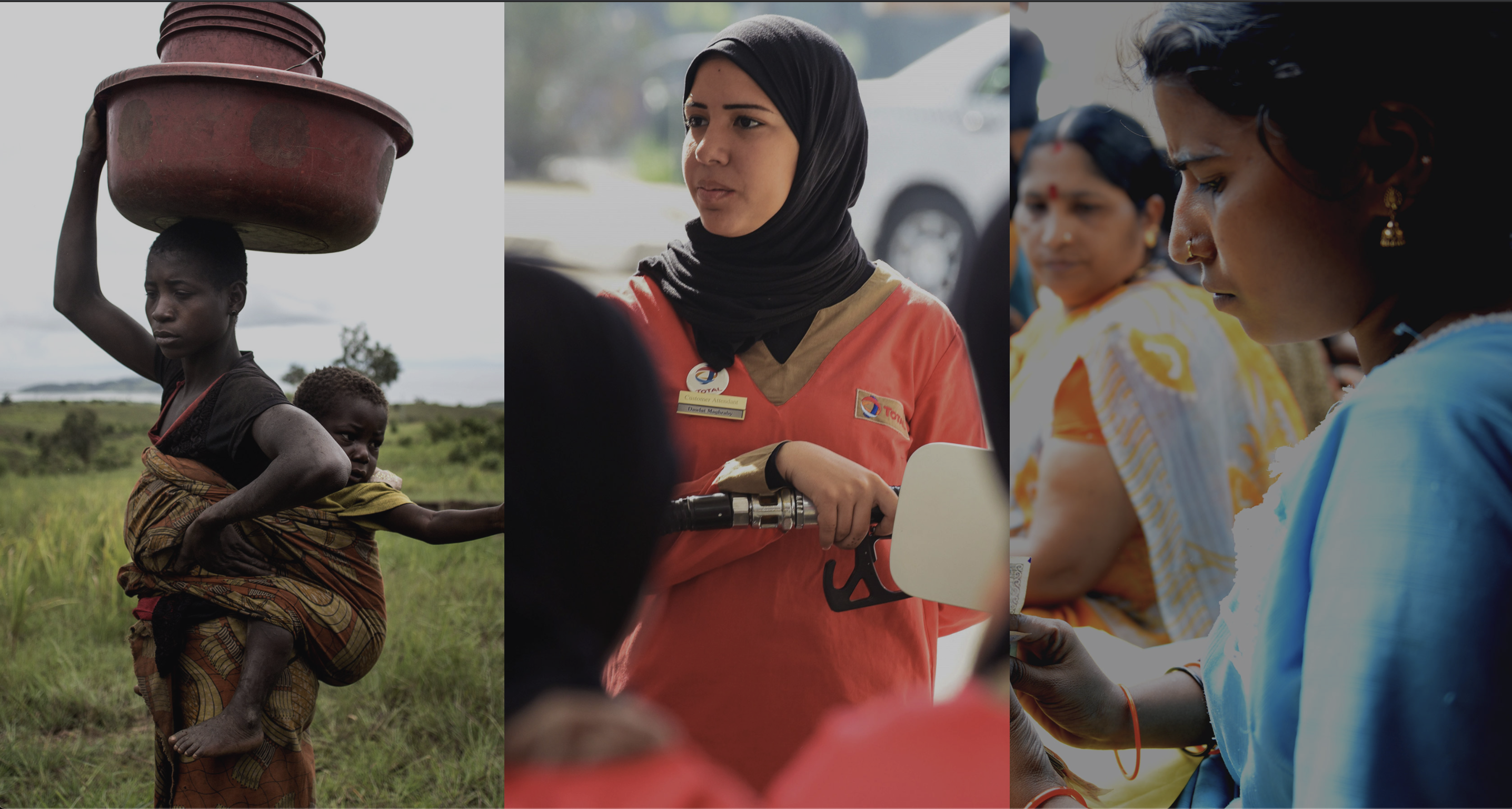Syrian women have fought to secure a significant role in efforts to resolve the conflict. Though several initial rounds of talks included no women in formal roles, up to 15 percent of the negotiators in UN-mediated discussions in December 2017 were women. In January 2018, Russia convened the Syrian National Dialogue Congress in Sochi, but women only constituted 15 percent of party delegates. However, a breakthrough occurred in September 2019, when the Syrian Constitutional Committee was appointed with nearly 30 percent women, the highest percentage ever for a Middle East peace process. The constitutional committee, which is tasked with drafting a new constitution for Syria, is comprised of both a small body and a large body. The small body has continued to meet since 2019 and is comprised of thirteen women out of a total of forty-five members. In addition, the Syrian Women’s Advisory Board—comprised of fifteen members—continues to consult with the UN special envoy for Syria and successfully works across political lines to advocate for the inclusion of women in peace processes and to find consensus on controversial issues critical to stability, including aid delivery and the release of detainees.
Women are at the forefront of conflict resolution and mediation at the local level, leading efforts to negotiate cease-fires, organize nonviolent protests, police the streets, work in field hospitals and schools, distribute food and medicine, and document human rights violations. Women in civil society have adapted to new dangers and stepped into roles traditionally held by men to work on behalf of peace and security, including advocating for the release of political prisoners
women
women






